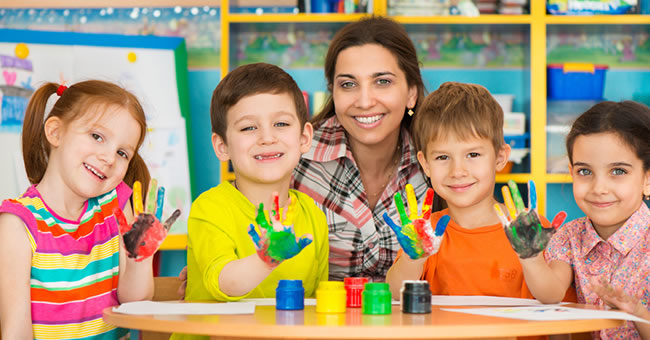An Overview On The Advantage Of Early Childhood Art Classes
The significance of arts and crafts in early childhood education is well known. Whether you’re making miniature statues from clay, coloring with crayons, cleverly folding paper into origami shapes, or making handmade birthday cards, these activities have many advantages.
In addition, artistic and manual activities will appeal to children and increase their creative potential. By introducing arts and crafts to your child or encouraging them to get started, you sow the seeds of their physical, social, and cognitive development.

What is the importance of art and craft in an early stage of life?
The significance of arts and crafts for child growth is seen in the fact that they have emotional, physical, cognitive, and learning advantages.
- Promote fine motor skills
Most artistic and craft activities hold moving hands and fingers, so they help develop fine motor skills. Even simple operations such as drawing with a pencil or holding a brush can help strengthen muscles and enhance control.
- Improve dexterity
Crafts can improve a child’s agility and skillfulness. By practicing and improving his fine motor skills, he also improves his manual agility, speed, and artistic skills.
- Improving hand-eye coordination
Participating in handicraft activities from an early age leads to a significant improvement in hand-eye coordination. It helps younger children in elementary school to form letters and separate words.
- Encourage self-expression
Engaging in creative activities such as arts and crafts gives children the opportunity to express their feelings meaningful, concrete, and positive. It also gets them satisfied by doing something themselves.
- Supporting Sociality
Being with other kids in an art class permits them to interact and interact with like-minded people. And when parents are interested in activities with their children, this also strengthens the parent-child bond.
- Raise self-esteem
Arts and craft activities help instill pride and accomplishment in children and foster self-esteem.
- Strengthen innovation and creative skills
The ability of children to create what they want to drive innovation. And the capability to think and solve issues you may face while doing something promotes creativity.

- Hone your decision-making skills
Face and solve artistic challenges to help your child make crucial and correct decisions. It helps develop a problem-solving attitude that helps him in other efforts in his life.
- Enhances visual learning and memory
Through handicrafts, children will learn new shapes and colors and become aware of diverse patterns and figures. Activities such as jewelry making and sculpture require the visualization and memory of complex designs.
Paintings, drawings, and sculptures promote the development of visual-spatial skills, especially for young children. These skills help children analyze what they see and make informed decisions. Designing arts and crafts projects also help develop executive functions, including working memory, mental flexibility, and self-control. Creative play and activity are essential tools for designing these necessary qualities.
These traits guide the child’s ability to plan actions crucial to success in school. The multiple benefits of taking art lessons extend to cultural cognition and improved academic performance.



